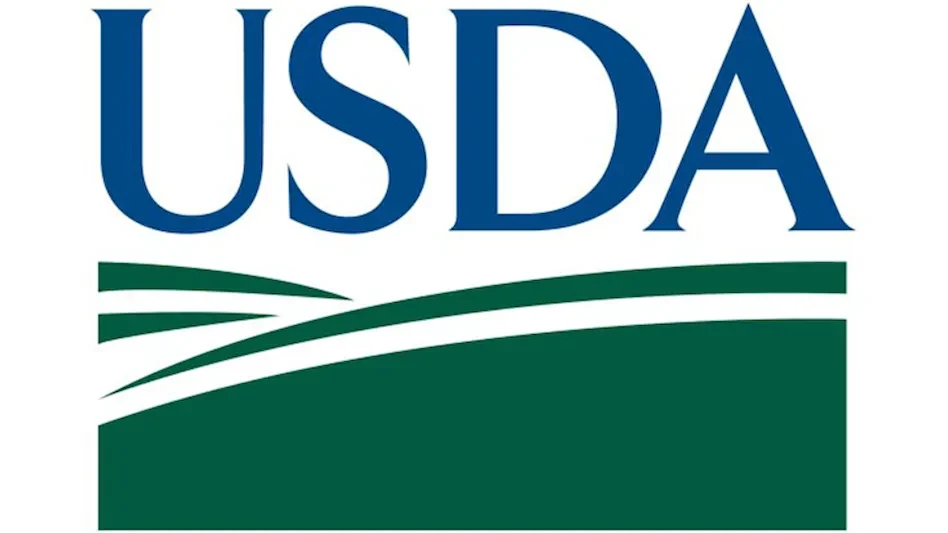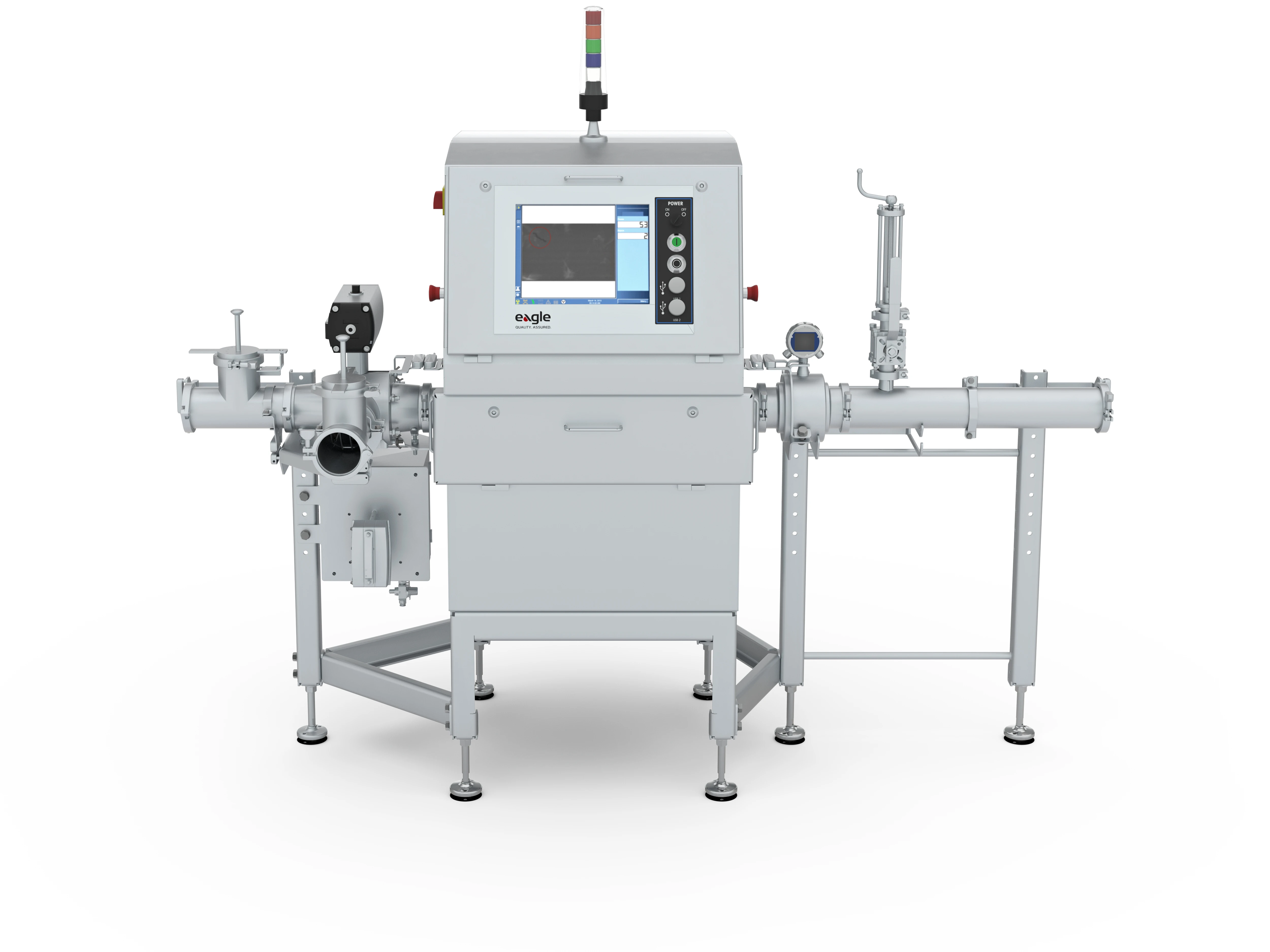 Jones sees food safety as a social responsibility. “We grow food and people eat that food. We have a responsibility to do that so it is safe.” |
The past decade has seen many significant events for the produce industry, and The Chef’s Garden has been at the forefront of a number of them, one of the most recent of which was the FDA’s FSMA farm visits.
In 2010 while framing the FSMA Produce Safety Rule, FDA had a series of listening sessions around the country. Having been active in industry organizations for over 15 years and on the board of the Ohio Produce Growers and Marketers Association, The Chef’s Garden Co-Owner and Chief Operating Officer Bob Jones said, “We could tell by the conversation that it was leaning toward a one-size-fits-all approach, and we knew that wouldn’t work for our growers here in Ohio. So we invited FDA to come to Ohio to visit some of our farms.”
With the intention of showing FDA the range of producers in Ohio alone, the group toured FDA’s team through Ohio farms from a small Amish farmstead to a 2,000-acre leafy greens farm, and The Chef’s Garden greenhouses and fields.
Jones was very pleased with the results and subsequent proposed rule, because it allows for the differentiation of producers in scope and size. “The goal was to create a mechanism that allowed some growers to catch up while allowing others to continue to get even better as far as food safety is concerned,” he said.
Technological Advances.
Although a relatively small producer itself, The Chef’s Garden has been utilizing technology in food safety for years; and it is an area which Jones sees as having evolved significantly over the decade. Ten years ago, technology was not a huge part of the industry’s food safety efforts, Jones said, but it now is catching up—in traceability, testing, record keeping, and processes—anywhere it can be implemented to provide clearer answers for better results in less time with less costs.
Even since QA’s profile that focused on The Chef’s Garden’s advanced technology (January/February 2010), Jones said, the farm has continued to ramp up its testing programs. “I think that good food safety is now a way of life. It’s just a part of what we do.” Making food safety part of one’s culture, he said, “is an acceptance of the concept that good food safety really is a social responsibility.”
From the consumer side, however, Jones would like to see food safety valued more. “No one is paying more for produce grown under a food safety program than if you don’t have one,” he said. “Ten years ago, it could gain you market share, now it just keeps you in the game.” While consumers should, ideally, be able to expect safe food no matter where it comes from, that expectation is just that—an ideal, rather than a reality.
“Food safety isn’t a problem until you have a problem—then it’s too late,” Jones said. Helping small growers understand that is the reason a preventive focus is needed and is being accentuated by FSMA. “In the preamble of the FSMA, it is very clear that the FDA is intending to change the behavior of producers. Some will decide it’s not worth it and will get out; there will be a shrinkage of the industry … and that’s okay.” Perhaps with shrinkage, the expectation of food safety can become as much a reality as an ideal.
The Future.
FSMA is not the only regulation having a food safety impact on produce. “The connection between immigration reform and good food safety is starting to become clearer,” he said. “Fresh produce consumed in this country will continue to be harvested by foreign hands.Without immigration reform, production will be forced off-shore.” This doesn’t mean employing undocumented workers, it means creating a means of legal employment and not “building big fences” across the border.
“I’m a proponent of creating a legal temporary workforce,” Jones said, adding that it does not necessarily need to include a path to citizenship. “I do not believe that these very hard working people want to immigrate here permanently. Given a legal option of coming back and forth easily and legally to earn a living and support their families, they would do it,” he said, adding that the opportunity to create such a system only presents itself every 15 to 20 years. “If we don’t do this now, we will have some serious issues in the produce industry going forward. What we have now is not sustainable.”

Explore the August 2013 Issue
Check out more from this issue and find your next story to read.
Latest from Quality Assurance & Food Safety
- California Declares State of Emergency in Response to Bird Flu Outbreak
- Nelson-Jameson Announces New Pennsylvania Distribution Center
- FDA Finalizes Updated ‘Healthy’ Nutrient Content Claim
- New Study Examines Kaempferol's Role in Taming Allergic Responses
- Will Bird Flu Be the End of Holiday Traditions Like Eggnog?
- FDA Cuts AFDO SAFHER Funding
- FSQAs Share Their Best Food Safety Tips for Santa
- 12 TAG Food Safety Consultants Named FSPCA PCHF Version 2 Lead Instructors





